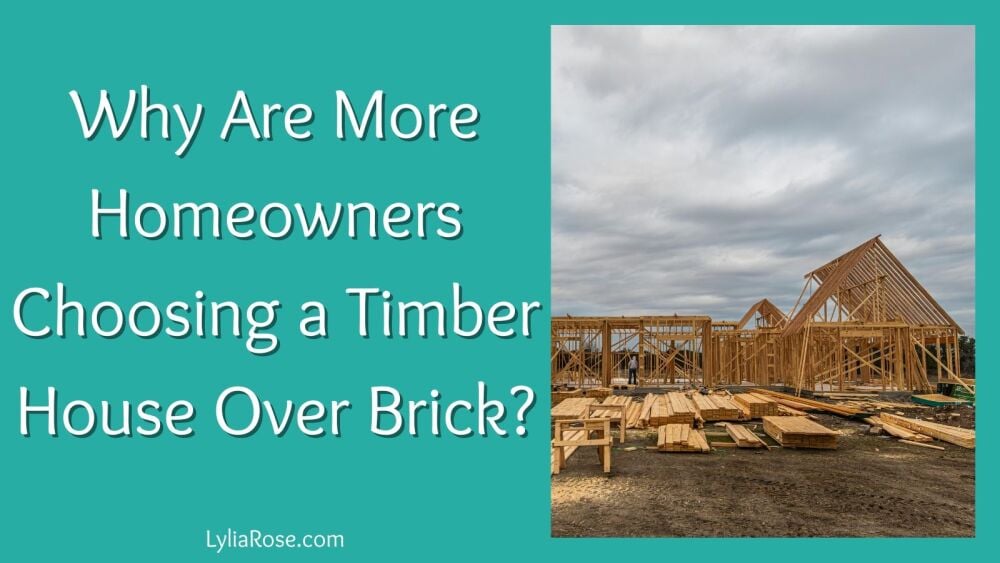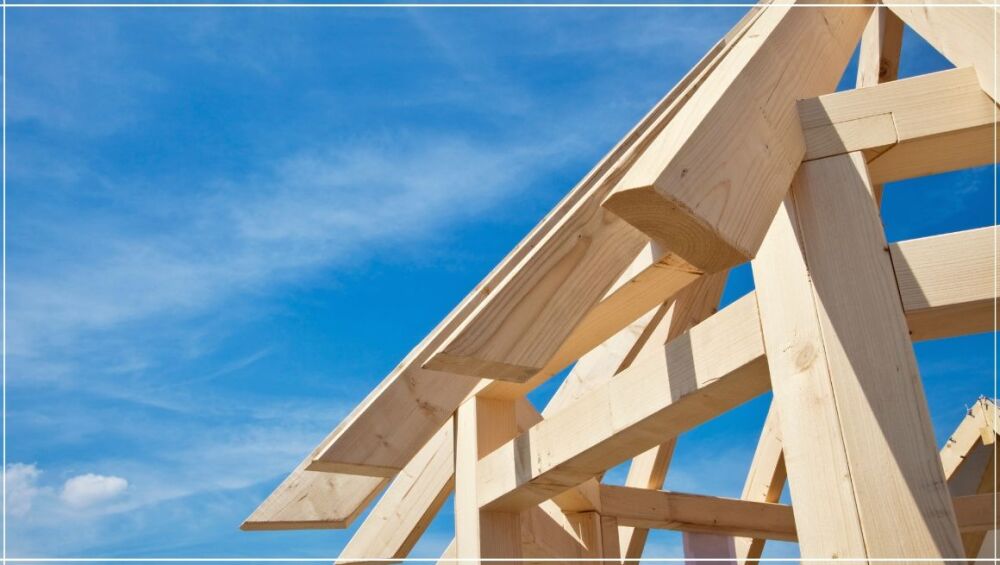Why Are More Homeowners Choosing a Timber House Over Brick?
Posted on
We've seen a growing interest in wooden construction across Europe in recent years. Until recently, brick houses were considered a symbol of durability and safety. Today, however, more and more investors are recognising the benefits of a modern timber house. This is determined not only by aesthetic considerations, but also by ecological, economic and functional ones.

Wooden structures are becoming synonymous with a sustainable lifestyle, and inspiration comes primarily from the north – from countries where Scandinavian design has long combined simplicity, durability and comfort. Read on and who knows – maybe you'll fall in love with them too?!
- Why are wooden houses gaining popularity?
- Is a timber house as durable as a brick one?
- What are the benefits of building a wooden house in terms of cost and time?
- Why does Scandinavian style suit so many different tastes?
- Is a garden house or garden office the future of modern construction?
Let's take a closer look at the key reasons why wooden houses are becoming increasingly desirable. We'll address issues of durability, construction costs, ecology and functionality. You'll also find some reading material about Scandinavian style here. Enjoy!
Why are wooden houses gaining popularity?
Wood is one of the oldest building materials, and it's currently experiencing a true renaissance. A contemporary timber house is, of course, stunning modern architecture, but also a symbol of a conscious approach to the environment. Unlike traditional methods, building a wooden house requires significantly less energy and generates less waste.
Companies like Timberliving brilliantly demonstrate that modern technologies can go hand in hand with nature. Their designs combine aesthetics, energy efficiency and durability. That's why more and more people are abandoning heavy, concrete structures in favour of lightweight, eco-friendly wooden houses. Furthermore, wood perfectly regulates the microclimate inside a building – it retains heat in winter and provides a pleasant coolness in summer - an added value that cannot be ignored.
Is a timber house as durable as a brick one?
One of the most common myths about wooden construction is that such a house is less durable than a brick one. Let's debunk this! In reality, a properly designed and constructed wooden house can last for decades, even centuries – as evidenced by historic structures in Scandinavia and Japan.
Times have changed. Today, modern impregnation and protection technologies make wood exceptionally resistant to moisture, fire and pests. Furthermore – and it's worth emphasising – wooden houses are structurally flexible, meaning they withstand ground movements and vibrations better than rigid brick buildings. For many investors, this guarantees safety and peace of mind for years to come and for us, yet another argument to consider in their favour.

What are the benefits of building a wooden house in terms of cost and time?
Let's go even further – building a timber house is significantly faster than traditional brick methods. Prefabricated elements are prepared in a factory and then assembled on-site – often within a few weeks. This means lower labour costs, shorter move-in times and a reduced risk of weather-related delays.
Heating costs are also lower, as timber is an excellent insulator. As a result, investors gain an energy-efficient home that requires fewer maintenance costs. Last but not least, a modern timber house can be easily expanded or modified – a major advantage for families planning future investments.
Why does Scandinavian style suit so many different tastes?
Scandinavian style is a blend of history, design and a philosophy of life, but also simplicity, functionality and harmony with nature. Fans of this style are increasingly choosing designs inspired by Nordic architecture, as they work perfectly in almost every corner of the world.
Houses in this style are one of a kind. Above all, however, they are characterised by large windows, bright interiors and energy-efficient solutions. Wood is not only a construction material but also a decorative element, lending the interiors a warm and cosy feel. The result is ideal living spaces – comfortable, natural and full of light. Simply put, spaces you want to be in.
Is a garden house or garden office the future of modern construction?
We still have one more topic to summarise the phenomenon of timber frame houses. In the era of remote work and the growing importance of private space, more and more people are investing in small, functional buildings like garden houses and garden offices. It's no wonder – they're a perfect way to create additional space for work, relaxation, or gatherings with loved ones, but without the need for a large house.
These structures are usually prefabricated, so assembly takes just a few days. This allows you to enjoy your own wooden garden space without lengthy formalities. The use of natural materials, simple design and energy efficiency make such solutions perfectly aligned with ecological trends and the needs of modern users.
We can therefore confidently conclude by saying that, from minimalist designs in the spirit of Scandinavian design to functional garden houses and garden offices, timber structures beautifully demonstrate that the future of construction can be both beautiful and sustainable, and as you can see, this is stealing hearts.
